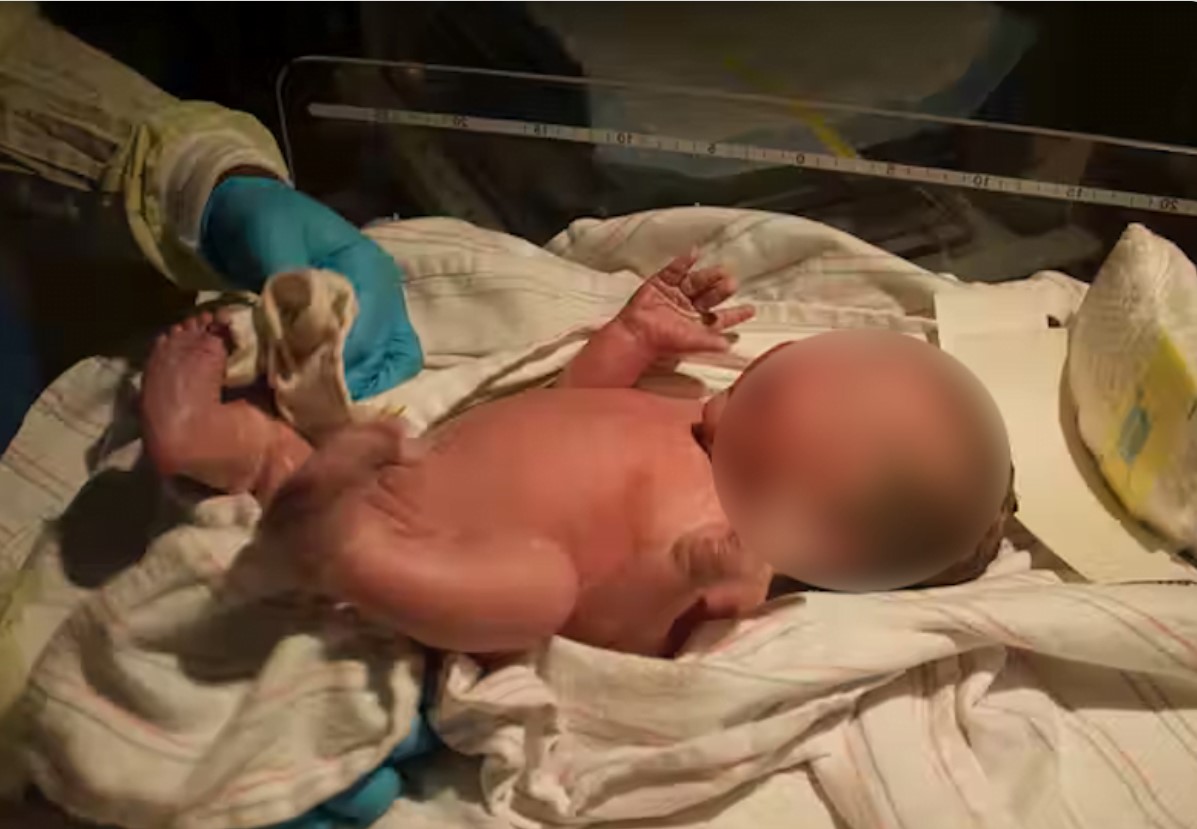Doctors Screamed In Disbelief When This Baby Was Born; They Claim It’s ‘The Only Child In The History To Be Born With Three Of The Same Body Part’!

In a remarkable medical revelation, a young boy has captured the attention of the medical community with a rare congenital anomaly. Dr. Shakir, in a groundbreaking study published in the esteemed International Journal of Surgery Case, reported a case unlike any other—an unprecedented instance of triphallia, the presence of three penises.
The astonishing discovery came to light when the toddler was brought to the hospital due to swelling in the scrotum. As doctors conducted their examination, they were astounded to find a small, 0.8-inch organ emerging near the root of his primary penis, accompanied by an additional 1-centimeter-long penis nestled beneath the scrotal sac.
Triphallia, an extremely uncommon condition, manifests as supernumerary penises, affecting only one in every 5–6 million live births, as revealed by the study. Further investigations revealed that only the primary penis possessed a functional urethra, while the other two appendages lacked this vital feature. Consequently, a decision was made to surgically remove the two additional phalluses, ensuring the child’s well-being and normal development.
This puzzling anomaly has left medical experts perplexed, as the baby had no exposure to drugs in the womb, and his family history showed no evidence of genetic aberrations, as reported by the Daily Mail. The Iraqi infant has since been discharged, and there have been no reported complications resulting from the surgical procedure. The report acknowledges the unprecedented nature of triphallia, stating, “Triphallia is an unreported condition in humans until now.”
Patients with supernumerary penises present with a unique set of challenges, and no two cases are identical. The treatment of this condition encompasses complex medical, ethical, and cosmetic considerations, making it a particularly intricate field of study, the report affirms.
While triphallia stands as an extraordinary occurrence, it is worth noting that diphallia, the presence of two penises, has been documented in earlier instances. The first recorded case dates back to the 1600s, as highlighted by the Daily Mail. In the United States, it is estimated that one in every six million boys is born with this condition. Diphallia often presents in conjunction with other associated abnormalities, such as the presence of two scrotums or anuses.
In most cases, when diphallia occurs, the penises are typically of the same size and positioned adjacent to each other. However, there have been instances where the smaller penis is located above the larger one, adding to the intriguing variations observed in these unique medical cases.
As the medical community continues to delve into the intricacies of these rare anomalies, each new case unravels a world of extraordinary possibilities. The human body, with its intricate complexities, never ceases to astonish, challenging our understanding and pushing the boundaries of medical science. In the face of such extraordinary occurrences, it is our collective duty to approach these cases with sensitivity, compassion, and a commitment to unraveling the mysteries that lie within.


